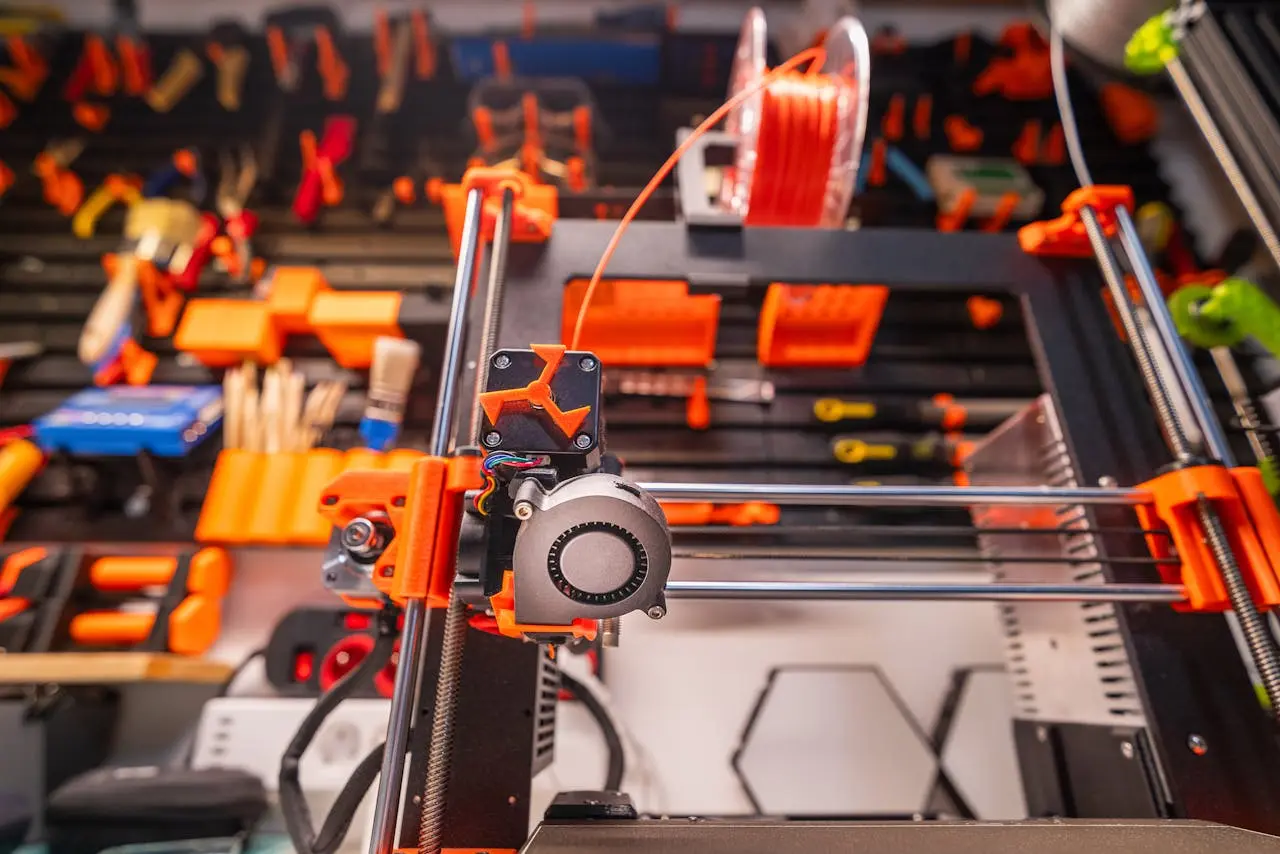Choosing the Best Bowden Tube for Your 3D Printer

Bowden tubes play a pivotal role in the functionality of a 3D printer, guiding filament from the extruder to the hot end. However, not all bowden tubes are created equal. In this article, we'll delve into the differences between various types of bowden tubes, helping you make an informed decision when selecting the right one for your 3D printer.
Material Composition:
- PTFE (Polytetrafluoroethylene): PTFE is a popular choice for bowden tubes due to its low friction properties, making filament movement smoother. It's known for its high-temperature resistance, preventing deformation even in hot printing environments.
- Capricorn Tubing: A specialized type of PTFE tubing, Capricorn tubing is designed for improved dimensional accuracy and consistency. It minimizes the chances of filament jams and is a preferred choice for precise 3D printing.
- Inner Diameter (ID) and Outer Diameter (OD): The dimensions of the bowden tube, particularly the inner and outer diameter, impact filament flow and printing precision.
- Standard Sizes: Bowden tubes come in various standard sizes. A smaller inner diameter may offer better control over filament movement but might struggle with flexible filaments. Larger inner diameters are suitable for a broader range of filaments but may sacrifice some precision.
Length and Flexibility:
- Length: The length of the bowden tube is crucial and depends on the design and configuration of your 3D printer. Longer tubes may introduce more friction, affecting filament extrusion.
- Flexible vs. Semi-Rigid: Some bowden tubes are more flexible, allowing for easy routing in complex setups. Semi-rigid tubes may be preferred for more direct filament control but can be less forgiving in terms of movement.
- Compatibility with Filaments: Different bowden tubes exhibit varying levels of compatibility with different filament types.
- Flexible Filaments: If you frequently print with flexible filaments like TPU, a bowden tube with enhanced flexibility and reduced friction is preferable to prevent extrusion issues.
Upgrades and Accessories:
- Some 3D printer enthusiasts opt for aftermarket bowden tube upgrades and accessories.
- Enhanced Performance: Upgraded tubes may offer improved performance, reduced friction, and increased precision. Accessories like better connectors or couplings can also enhance the overall bowden tube system.
Choosing the right bowden tube for your 3D printer involves considering factors such as material composition, inner and outer diameter, length, flexibility, compatibility with filaments, and the potential for upgrades. Understanding these differences empowers you to make an informed decision, ensuring that your 3D printer operates at its best and delivers high-quality prints consistently.


.jpg)